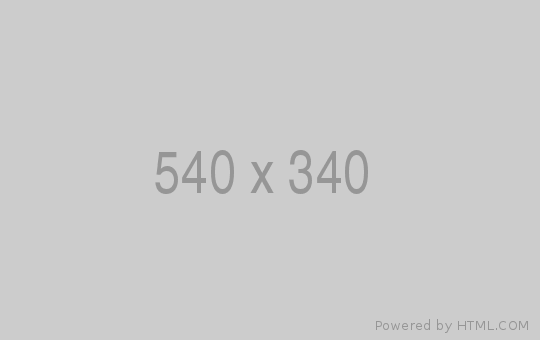You work hard for your money, including the 9.5% of your income that your employer puts in your super fund.
If you’ve been working for a while and you’re saving up a deposit to buy your first home, there are ways to access your super for additional savings.
So, can I buy a house with my super?
No.
But also... sort of.
For the most part, you can’t access the money in your superannuation fund until you retire. Super exists for the purpose of providing a retirement benefit for the beneficiary (that’s you) and generally cannot be accessed until then. You can only access your super early under pretty limited circumstances, so it can’t be relied upon to fund a house purchase.
So no, you can’t withdraw all the money in your super fund and buy a house. But, you may be eligible under the First Home Super Saver (FHSS) scheme to use your super fund like a special savings account for your home loan deposit.
What is the First Home Super Saver (FHSS) scheme?
The FHSS is a scheme designed to help first home buyers save up a larger deposit for their first home. This scheme allows you to make voluntary contributions to your super fund, which can be withdrawn in the future to form part of a home deposit.
Who is eligible for the FHSS scheme?
You can get started with the FHSS scheme at any age, as long as you have a super fund. However, you must be at least 18 years old to request to withdraw funds. You must have never owned a property in Australia, either as your home or as an investment property. Plus, you may also only withdraw funds from the scheme once: it’s a one-time offer; no double-dipping.
How does the First Home Super Saver scheme work?
Under the FHSS scheme, you can make voluntary contributions worth up to $15,000 per year (capped at $30,000 in total) to your super fund. You can then withdraw that money for your house deposit at a later date, just before purchasing your first home.
Under this scheme, you can either contribute to your fund through salary sacrificing (if your employer allows it), or by making contributions out of your after-tax income. If you make contributions through your after-tax income, you can deduct your contributions on your annual tax return. On the other hand, if you make voluntary contributions through salary sacrificing, you only pay 15% tax on that income. For some more detail on how contributions and tax work, check out this article from the Australian Tax Office (ATO) for a detailed explanation.
When the time is right to make a home deposit, you must make an application with the ATO to withdraw the funds from your super fund. When they come out of your super account, the funds will be taxed again – this time at your marginal tax rate minus 30%. Additionally, you’ll pay some tax (your marginal tax rate minus 30%) on any extra returns your contributions earned while they were in your super fund. Again, you can check out what the ATO has to say about withdrawing your super contributions under the FHSS.
Find out if the FHSS scheme should be part of your financial plan
Everyone’s financial situation is different. It’s important to consider your own financial goals before deciding if any scheme is right for you.





